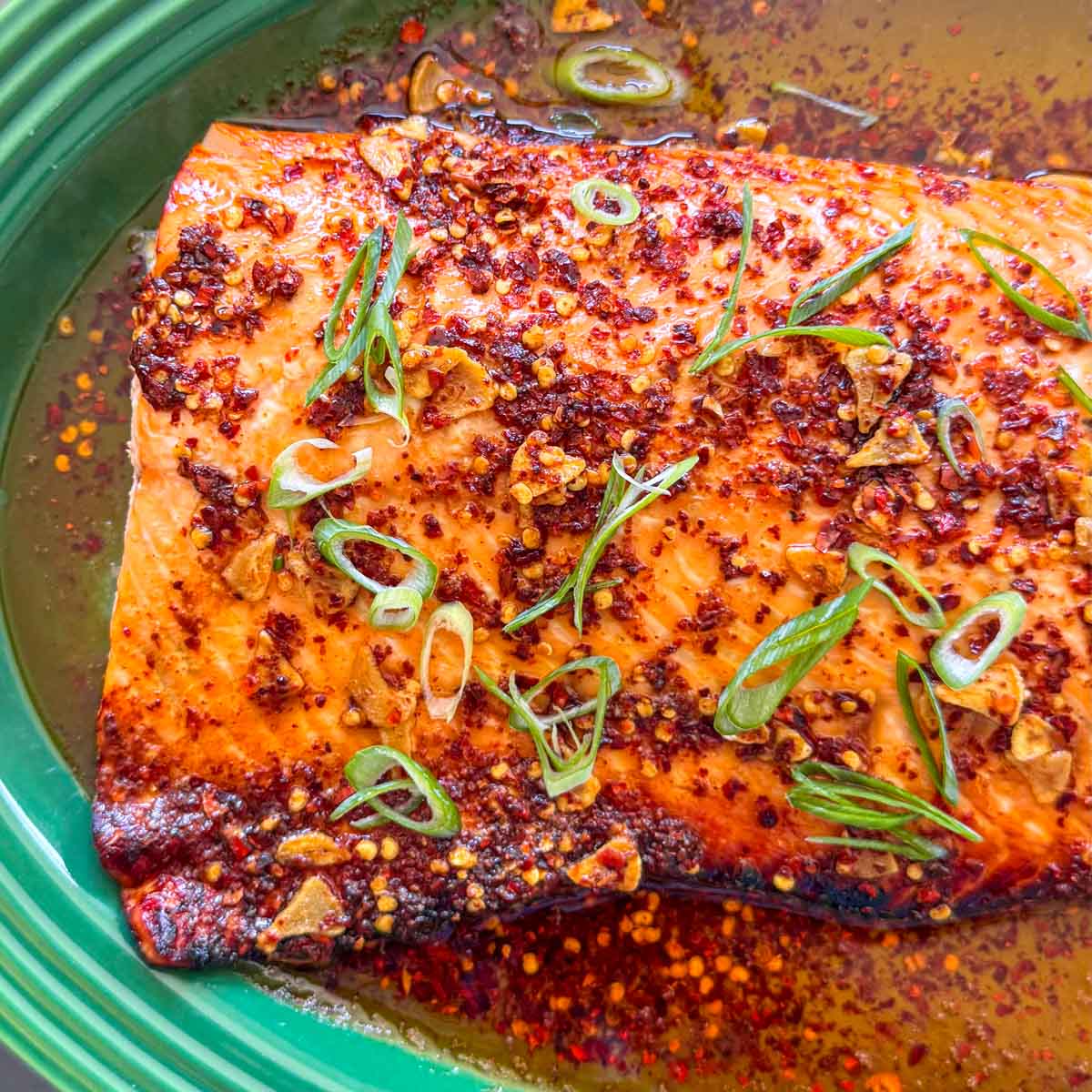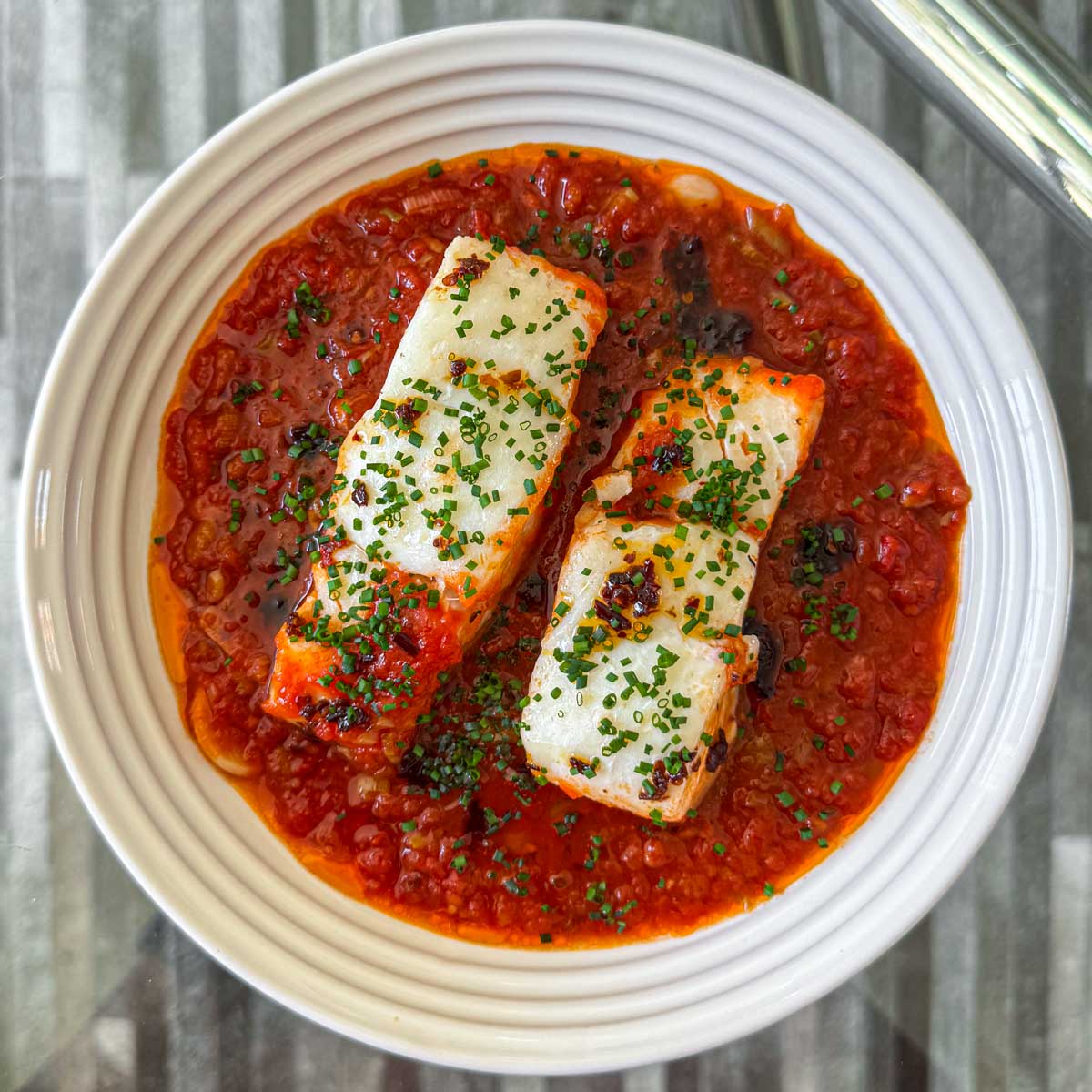As the cooler months approach, there’s nothing more comforting than a warm bowl of Roasted Butternut Squash and Sage Risotto. And this risotto is a perfect example of how simple ingredients can be elevated to create a hearty, vegetarian main dish. The combination of roasted butternut squash with fresh sage is a timeless classic, but the secret here lies in adding a touch of cinnamon and nutmeg to the squash. These spices bring out a deeper warmth and a slight sweetness, giving the dish an autumnal twist that’s both comforting and sophisticated. The key to a great risotto lies in the technique: gradual stock absorption, occasional stirring, and the right kind of rice. With these principles in mind, this recipe becomes a rewarding and satisfying meal.
Table of Contents
- Ingredient Breakdown
- Roasting the Butternut Squash
- Choosing the Right Rice
- Slow and Steady
- Final Touches
- More Risotto Recipes
Ingredient Breakdown
- Butternut squash: Roasted until tender and caramelised, this sweet and earthy vegetable forms the base of the dish. When combined with cinnamon and nutmeg, it takes on an irresistible depth of flavour.
- Extra-virgin olive oil: A high-quality oil used both for roasting the squash and sautéing the onions and garlic. It adds a rich, fruity flavour to the dish.
- Cinnamon and nutmeg: These spices are sprinkled onto the butternut squash before roasting, enhancing the natural sweetness and providing a comforting warmth to the risotto.
- Onion and garlic: The foundation of any good risotto, adding savoury depth and fragrance as they sauté.
- Fresh sage: Known for its earthy, slightly peppery flavour, sage complements the sweetness of the butternut squash beautifully and infuses the risotto with a lovely aroma.
- Arborio rice: This short-grain rice is essential for risotto due to its high starch content, which gives the dish its creamy consistency.
- Dry white wine: Used to deglaze the pan and add a touch of acidity that balances the richness of the dish.
- Grana padano or Parmigiano Reggiano: Both cheeses are key to achieving the creamy, indulgent texture of risotto and add a salty umami finish.
Roasting the Butternut Squash
The process of roasting the butternut squash is crucial to developing the deep, sweet flavour that characterises this Roasted Butternut Squash and Sage Risotto. The squash is diced, tossed in olive oil, and roasted with cinnamon, nutmeg, and a generous pinch of sea salt and pepper. As it roasts in a hot oven, the natural sugars in the squash caramelise, enhancing its sweetness. The added spices give the squash a warmth and complexity that perfectly balances the other flavours in the risotto.
By mashing half of the roasted squash and leaving the rest in chunks, you achieve a beautiful texture in the final dish. Smooth and creamy with satisfying bites of caramelised squash. The roasted squash is a game-changer, transforming the risotto into something far more special than the average vegetable rice.
Choosing the Right Rice
When it comes to risotto, the type of rice you use is crucial. Arborio rice, or its slightly creamier cousin Carnaroli rice, is the best choice. Both are short-grain varieties that have a high starch content, which is released as the rice cooks and absorbs liquid. This process is what gives risotto its creamy consistency.
While other rice varieties may work in a pinch, they won’t deliver the same texture or finish. The key to risotto lies not just in the rice itself but in how you cook it. Make sure to use a good-quality rice, as it plays a big role in the final result. For this Roasted Butternut Squash and Sage Risotto, Riso Gallo’s premium quality arborio rice is ideal, offering consistent results and a perfectly creamy texture every time.
Slow and Steady
A great risotto is a labour of love, requiring patience and attention. The key to a perfect risotto lies in the gradual absorption of stock. When making this Roasted Butternut Squash and Sage Risotto, start by sautéing onions and garlic gently in olive oil. The goal is to soften them without colouring, releasing their natural sweetness. Once the onions are translucent, add the sage and rice. Stir frequently to toast the rice slightly. This step is important because it helps the rice to better absorb the stock later on.
After you add the wine, the alcohol evaporates, leaving a pleasant acidity to cut through the richness of the dish. From here, the stock is added a ladleful at a time, and you must wait until each addition is absorbed before adding the next. This slow process releases the rice’s starch, creating that signature creamy texture risotto is known for.
Final Touches
Once your risotto is tender with a slight bite, the final steps are all about creating a rich, creamy finish. Stir in the mashed butternut squash and grated cheese. Grana Padano or Parmigiano Reggiano are both excellent choices. The cheese melts into the rice, adding an extra layer of richness and helping to bind the ingredients together.
Allow the risotto to rest for a few minutes before serving to let the flavours meld and the texture settle. While it may be tempting to skip this resting period, it’s crucial. This step gives the risotto time to firm up slightly and become even creamier. Thus ensuring every bite is as indulgent as the last. Finish with a sprinkle of freshly ground black pepper for a bit of heat. Then enjoy a perfectly comforting bowl of Roasted Butternut Squash and Sage Risotto.
More Risotto Recipes
If you’ve enjoyed this Roasted Butternut Squash and Sage Risotto recipe and are on the look for more to try your hand at, look no further!
- King Prawn Risotto: Packed with umami from homemade prawn stock, this risotto is simple yet deliciously rich and creamy.
- Saffron Risotto: This is my version of the great Milanese classic – it’s rich, creamy and absolutely delicious.
- Chorizo & Prawn Risotto: A classic risotto recipe, featuring everyone’s favourite – chorizo!
- Super Green Risotto: This vibrant green spinach and herb risotto is perfect for welcoming in spring! It’s somehow both indulgent and incredibly fresh.
If you’d like to see how I make all these recipes and more, head on over to my Instagram!
Roasted Butternut Squash and Sage Risotto
5 Stars 4 Stars 3 Stars 2 Stars 1 Star
No reviews
A simple yet satisfying vegetarian main that gives a basic risotto a warm, autumnal twist. Butternut and sage is a classic combination. My secret? Adding cinnamon and nutmeg to the roasted butternut – it adds warmth, depth of flavour and a slight sweetness.
The 3 keys to a delicious risotto are good-quality rice, gradual absorption and occasional stirring. The latter two are what release the creamy starches from the rice. Keeping the heat at a simmer allows you to move the rice like a wave, and release the starch. I’ve used Riso Gallo’s premium quality arborio rice, which is fully sustainable, 100% Italian and in packaging that can be recycled.
- Prep Time: 10 minutes
- Total Time: 1 hour
- Yield: 6 1x
- Category: Rice and Risotto
Ingredients
For the roasted butternut squash:
- 800 g butternut squash, diced into small cubes
- extra-virgin olive oil
- ¼ tsp ground cinnamon
- 1 pinch of ground nutmeg
For the risotto:
- 1.5 litre good-quality vegetable stock (or chicken stock)
- extra-virgin olive oil
- 1 onion, finely chopped
- 2 large garlic cloves, minced
- 10 g fresh sage leaves, finely chopped
- 500 g carnaroli or arborio rice
- 150 ml dry white wine
- 100 g grana padano or parmigiano reggiano
Instructions
- Heat your oven to 220℃.
- Place the diced butternut squash in a large roasting tin. Drizzle with olive and toss to coat. Add the cinnamon and nutmeg, season generously with sea salt and freshly-ground black pepper and toss to coat. Roast, tossing occasionally, for 30 minutes, or until soft in the centre and beginning to caramelise on the outside. Mash half of the butternut and set aside.
- Bring the stock to a simmer in a medium saucepan over high heat. Reduce the heat to low and cover; you want to keep the stock warm over very low heat.
- Heat a generous glug of extra-virgin olive oil in a large saucepan over medium-low heat. Add the onion and cook, stirring occasionally, until translucent and softened, around 7 to 10 minutes. You want the onion to cook gently without taking on any colour.
- Add the garlic and sage and cook for 1 minute, stirring constantly so they don’t burn.
- Add the rice and cook, stirring frequently, until the grains begin to look slightly translucent, 2 to 3 minutes.
- Add the wine and cook, stirring frequently, until the pan is almost dry, 1 to 2 mins.
- Add one ladleful of the stock and cook, stirring almost constantly, until the stock is fully absorbed. Add another ladleful of stock and cook, stirring almost constantly, until the stock is fully absorbed. Repeat this process until you’ve gone through half of the stock.
- Add the mashed butternut to the risotto. Continue adding the stock one ladleful at a time, stirring almost constantly, until the rice is cooked – it should be tender with a slight bite.
- Remove the saucepan from the heat. Add the cheese and remaining butternut and stir well to combine. Cover the saucepan and allow the risotto to sit for 3 to 5 minutes before serving. You might be tempted to skip this step but don’t! This is when the risotto becomes deliciously creamy.
- Taste and season with salt and freshly-ground black pepper (to taste) and serve. Enjoy!









